当前位置:网站首页>Nine ways to teach you to read the file path in the resources directory
Nine ways to teach you to read the file path in the resources directory
2022-08-03 22:10:00 【ah code】
前情提要
本文中提供了九种方式获取resources目录下文件的方式.其中打印文件的方法如下:
/*** 根据文件路径读取文件内容
*
* @param fileInPath
* @throws IOException
*/
public static void getFileContent(Object fileInPath) throws IOException {
BufferedReader br = null;
if (fileInPath == null) {
return;
}
if (fileInPath instanceof String) {
br = new BufferedReader( new FileReader( new File((String) fileInPath)));
} else if (fileInPath instanceof InputStream) {
br = new BufferedReader( new InputStreamReader((InputStream) fileInPath));
}
String line;
while ((line = br.readLine()) != null) {
System.out.println(line);
}
br.close();
}
方式一
主要核心方法是使用getResource和getPath方法,这里的getResource("")里面是空字符串
public void function1(String fileName) throws IOException {String path = this.getClass().getClassLoader().getResource( "").getPath(); //注意getResource("")里面是空字符串
System.out.println(path);
String filePath = path + fileName;
System.out.println(filePath);
getFileContent(filePath);
}
方式二
主要核心方法是使用getResource和getPath方法,直接通过getResource(fileName)方法获取文件路径,注意如果是路径中带有中文一定要使用URLDecoder.decode解码.
/*** 直接通过文件名getPath来获取路径
*
* @param fileName
* @throws IOException
*/
public void function2(String fileName) throws IOException {
String path = this.getClass().getClassLoader().getResource(fileName).getPath(); //注意getResource("")里面是空字符串
System.out.println(path);
String filePath = URLDecoder.decode(path, "UTF-8"); //如果路径中带有中文会被URLEncoder,因此这里需要解码
System.out.println(filePath);
getFileContent(filePath);
}
方式三
直接通过文件名+getFile()来获取文件.如果是文件路径的话getFile和getPath效果是一样的,如果是URL路径的话getPath是带有参数的路径.
如下所示:
url.getFile()=/pub/files/foobar.txt?id=123456url.getPath()=/pub/files/foobar.txt
使用getFile()方式获取文件的代码如下:
/*** 直接通过文件名+getFile()来获取
*
* @param fileName
* @throws IOException
*/
public void function3(String fileName) throws IOException {
String path = this.getClass().getClassLoader().getResource(fileName).getFile(); //注意getResource("")里面是空字符串
System.out.println(path);
String filePath = URLDecoder.decode(path, "UTF-8"); //如果路径中带有中文会被URLEncoder,因此这里需要解码
System.out.println(filePath);
getFileContent(filePath);
}
方式四(重要)
直接使用getResourceAsStream方法获取流,上面的几种方式都需要获取文件路径,但是在SpringBoot中所有文件都在jar包中,没有一个实际的路径,因此可以使用以下方式.
/*** 直接使用getResourceAsStream方法获取流
* springboot项目中需要使用此种方法,因为jar包中没有一个实际的路径存放文件
*
* @param fileName
* @throws IOException
*/
public void function4(String fileName) throws IOException {
InputStream in = this.getClass().getClassLoader().getResourceAsStream(fileName);
getFileContent(in);
}
方式五(重要)
主要也是使用getResourceAsStream方法获取流,不使用getClassLoader可以使用getResourceAsStream("/配置测试.txt")直接从resources根路径下获取,SpringBoot中所有文件都在jar包中,没有一个实际的路径,因此可以使用以下方式.
/*** 直接使用getResourceAsStream方法获取流
* 如果不使用getClassLoader,可以使用getResourceAsStream("/配置测试.txt")直接从resources根路径下获取
*
* @param fileName
* @throws IOException
*/
public void function5(String fileName) throws IOException {
InputStream in = this.getClass().getResourceAsStream( "/" + fileName);
getFileContent(in);
}
方式六(重要)
通过ClassPathResource类获取文件流,SpringBoot中所有文件都在jar包中,没有一个实际的路径,因此可以使用以下方式.
/*** 通过ClassPathResource类获取,建议SpringBoot中使用
* springboot项目中需要使用此种方法,因为jar包中没有一个实际的路径存放文件
*
* @param fileName
* @throws IOException
*/
public void function6(String fileName) throws IOException {
ClassPathResource classPathResource = new ClassPathResource(fileName);
InputStream inputStream = classPathResource.getInputStream();
getFileContent(inputStream);
}
方式七
通过绝对路径获取项目中文件的位置,只是本地绝对路径,不能用于服务器获取.
/*** 通过绝对路径获取项目中文件的位置(不能用于服务器)
* @param fileName
* @throws IOException
*/
public void function7(String fileName) throws IOException {
String rootPath = System.getProperty( "user.dir"); //E:\WorkSpace\Git\spring-framework-learning-example
String filePath = rootPath + "\\chapter-2-springmvc-quickstart\\src\\main\\resources\\"+fileName;
getFileContent(filePath);
}
方式八
通过new File("")获取当前的绝对路径,只是本地绝对路径,不能用于服务器获取.
/*** 通过绝对路径获取项目中文件的位置(不能用于服务器)
* @param fileName
* @throws IOException
*/
public void function8(String fileName) throws IOException {
//参数为空
File directory = new File( "");
//规范路径:getCanonicalPath() 方法返回绝对路径,会把 ..\ 、.\ 这样的符号解析掉
String rootCanonicalPath = directory.getCanonicalPath();
//绝对路径:getAbsolutePath() 方法返回文件的绝对路径,如果构造的时候是全路径就直接返回全路径,如果构造时是相对路径,就返回当前目录的路径 + 构造 File 对象时的路径
String rootAbsolutePath =directory.getAbsolutePath();
System.out.println(rootCanonicalPath);
System.out.println(rootAbsolutePath);
String filePath = rootCanonicalPath + "\\chapter-2-springmvc-quickstart\\src\\main\\resources\\"+fileName;
getFileContent(filePath);
}
方式九
主要是通过设置环境变量,将文件放在环境变量中,原理也是通过绝对路径获取.
示例中我设置了一个环境变量:TEST_ROOT=E:\\WorkSpace\\Git\\spring-framework-learning-example
System.getenv( "TEST_ROOT");System.getProperty( "TEST_ROOT")
通过设置环境变量的方式,然后通过绝对路径获取文件
/*** 通过绝对路径获取项目中文件的位置
*
* @param fileName
* @throws IOException
*/
public void function9(String fileName) throws IOException {
System.setProperty( "TEST_ROOT", "E:\\WorkSpace\\Git\\spring-framework-learning-example");
//参数为空
String rootPath = System.getProperty( "TEST_ROOT");
System.out.println(rootPath);
String filePath = rootPath + "\\chapter-2-springmvc-quickstart\\src\\main\\resources\\"+fileName;
getFileContent(filePath);
}
边栏推荐
- [kali-vulnerability scanning] (2.1) Nessus lifts IP restrictions, scans quickly without results, and plugins are deleted (middle)
- Causes of Mysql Disk Holes and Several Ways to Rebuild Tables
- 113. Teach a Man how to fish - How to query the documentation and technical implementation details of any SAP UI5 control property by yourself
- 480. Sliding Window Median
- 编译器工程师眼中的好代码(1):Loop Interchange
- Makefile
- 2022的七夕,奉上7个精美的表白代码,同时教大家快速改源码自用
- Security Fundamentals 8 --- XSS
- 图的基础概念
- Shell编程的条件语句
猜你喜欢
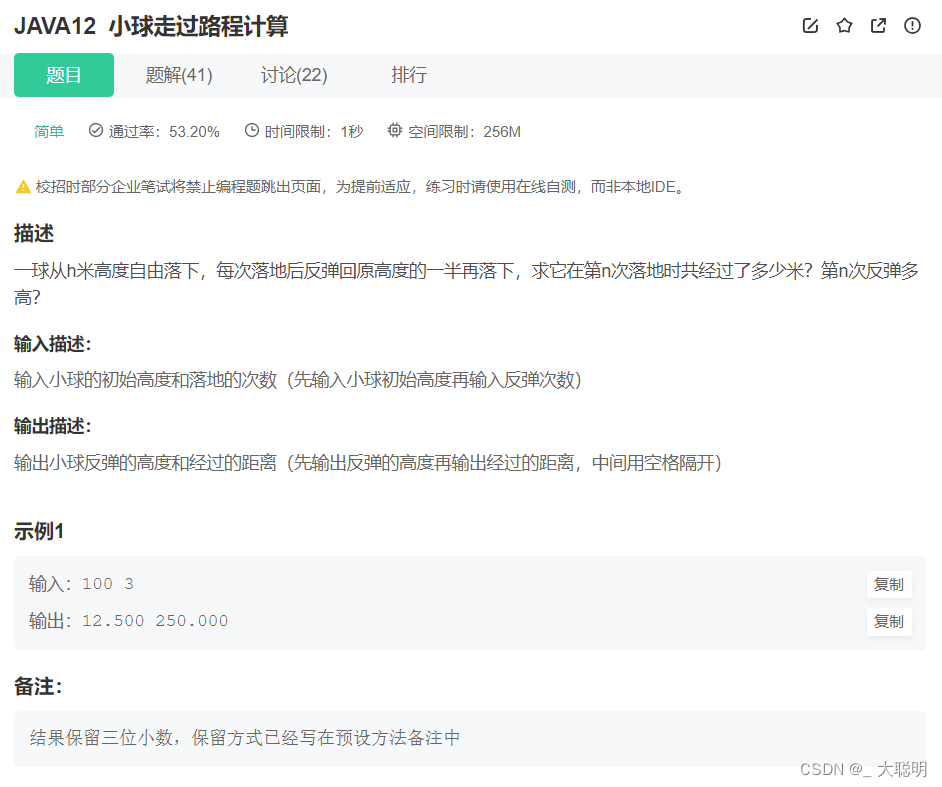
『百日百题 · 基础篇』备战面试,坚持刷题 第四话——循环语句!
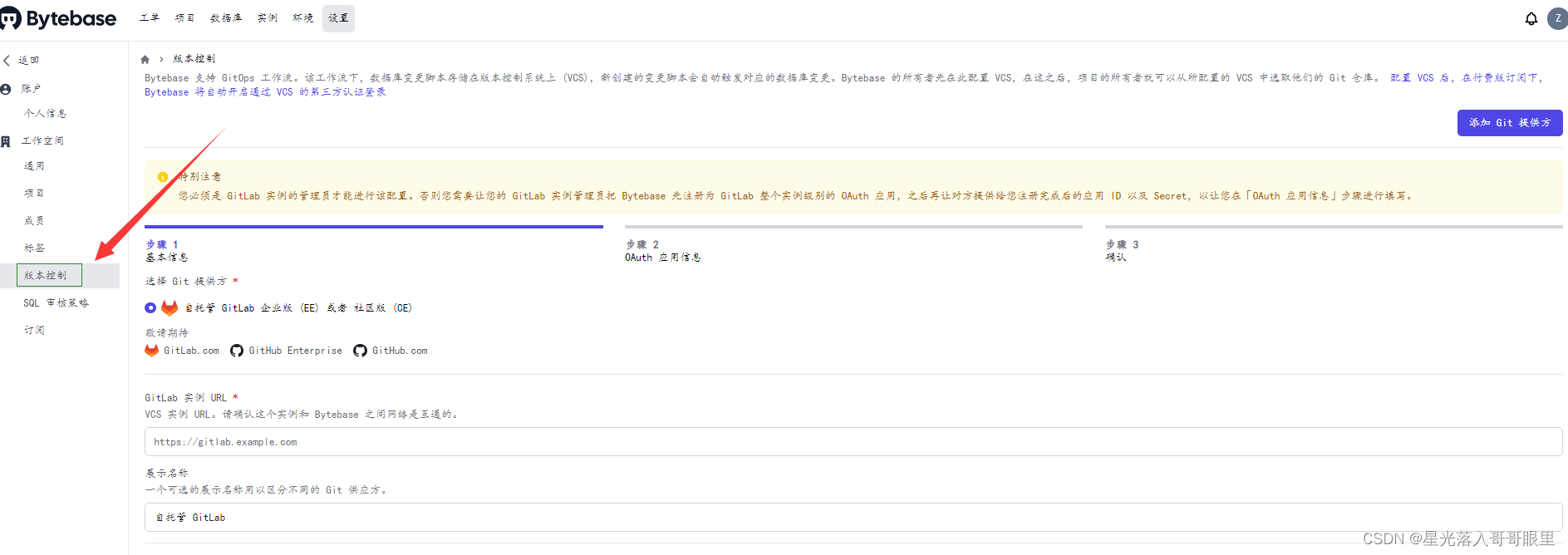
Bytebase数据库 Schema 变更管理工具
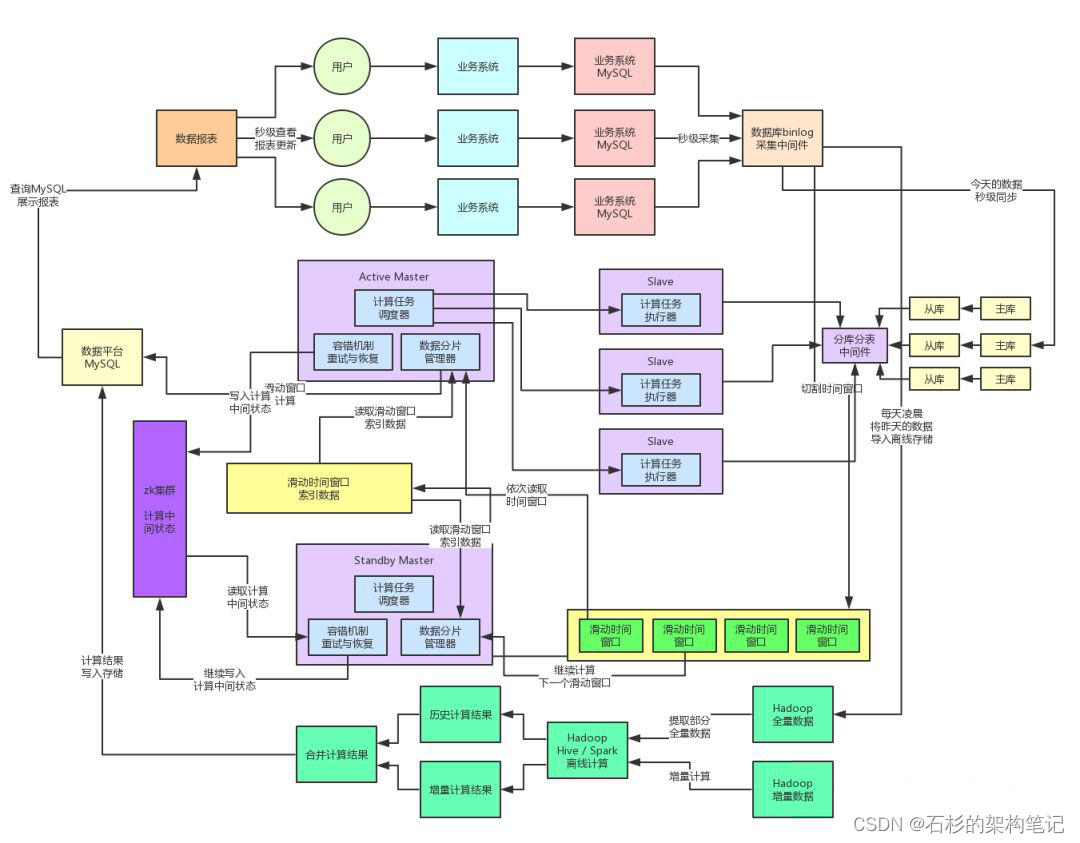
亿流量大考(2):开发一套高容错分布式系统

CAS: 773888-45-2_BIOTIN ALKYNE_生物素-炔基

DO280管理和监控OpenShift平台--资源限制

距LiveVideoStackCon 2022 上海站开幕还有2天!

CAS:153162-70-0_N-BOC-6-Biotinamidohexylamine
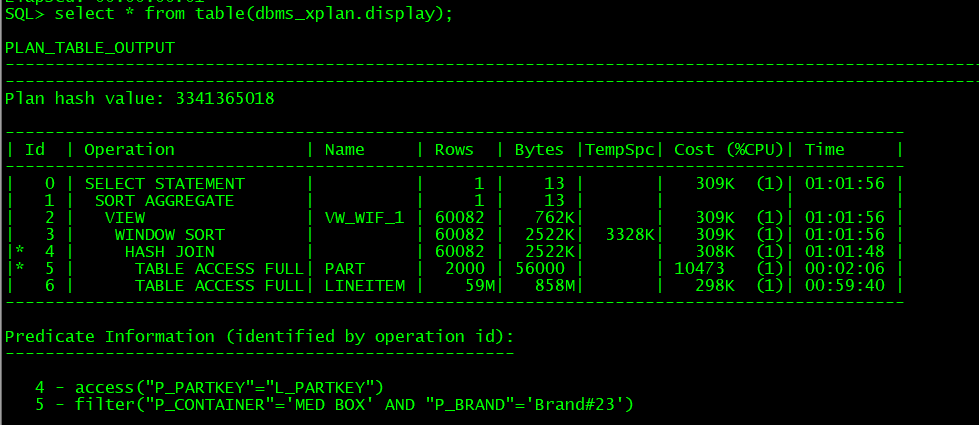
2022-08-03 oracle执行慢SQL-Q17对比
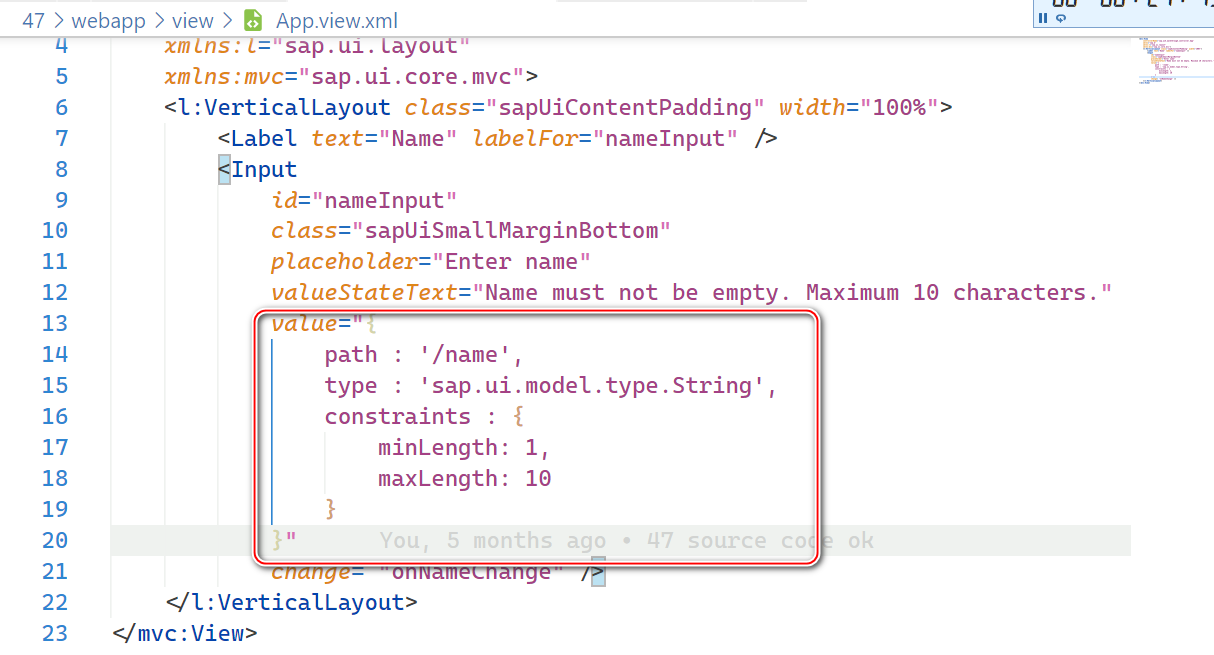
授人以渔 - 如何自行查询任意 SAP UI5 控件属性的文档和技术实现细节试读版

CAS:1797415-74-7_TAMRA-Azide-PEG-Biotin
随机推荐
授人以渔 - 如何自行查询任意 SAP UI5 控件属性的文档和技术实现细节试读版
Unification of east-west and north-south communications
Cross-end development technical reserve record
HCIP第十三天
How to write a database document management tool based on WPF (2)
Security Fundamentals 8 --- XSS
函数,递归以及dom简单操作
IO thread process -> thread synchronization mutual exclusion mechanism -> day6
nxp官方uboot移植到野火开发板PRO(无任何代码逻辑的修改)
PowerMockup 4.3.4::::Crack
start with connect by implements recursive query
上课笔记(6)(1)——#629. 表达式括号匹配(stack)
七夕快乐!
亿流量大考(2):开发一套高容错分布式系统
如何基于WPF写一款数据库文档管理工具(二)
488. Zuma Game
Conditional Statements for Shell Programming
483. Smallest Good Base
CAS:153162-70-0_N-BOC-6-生物素酰氨基己胺
数据一致性:双删为什么要延时?